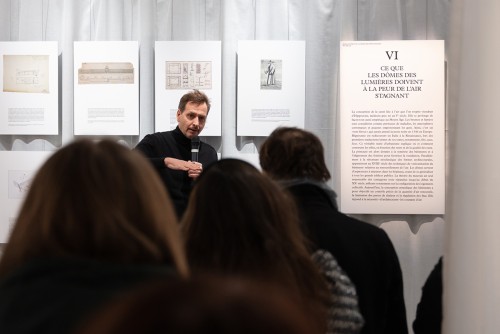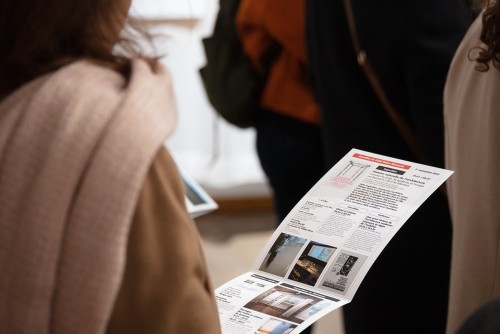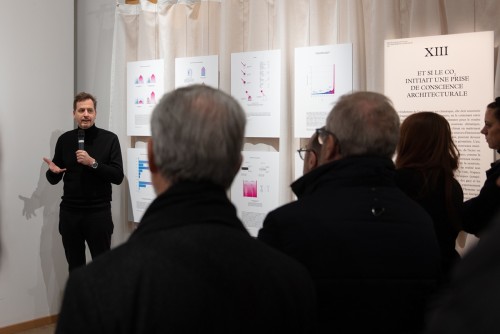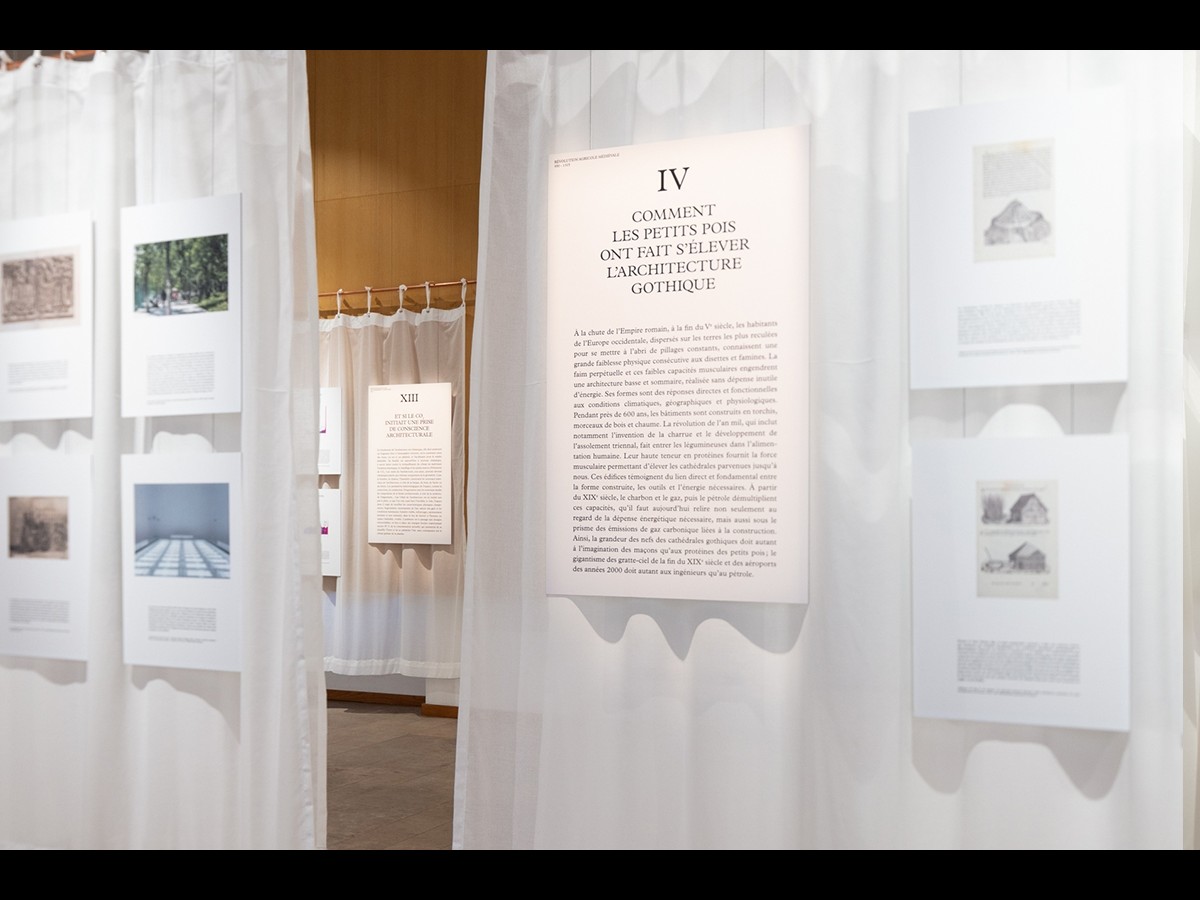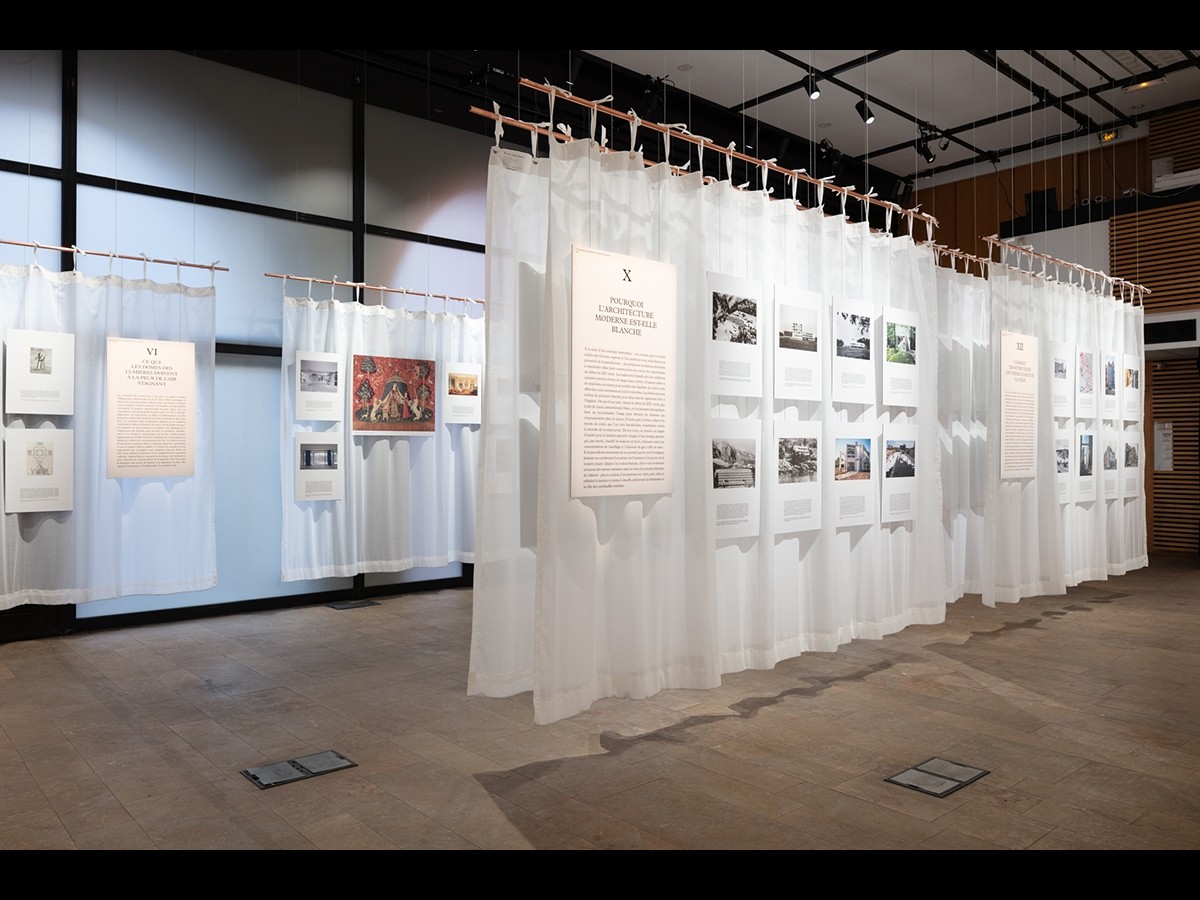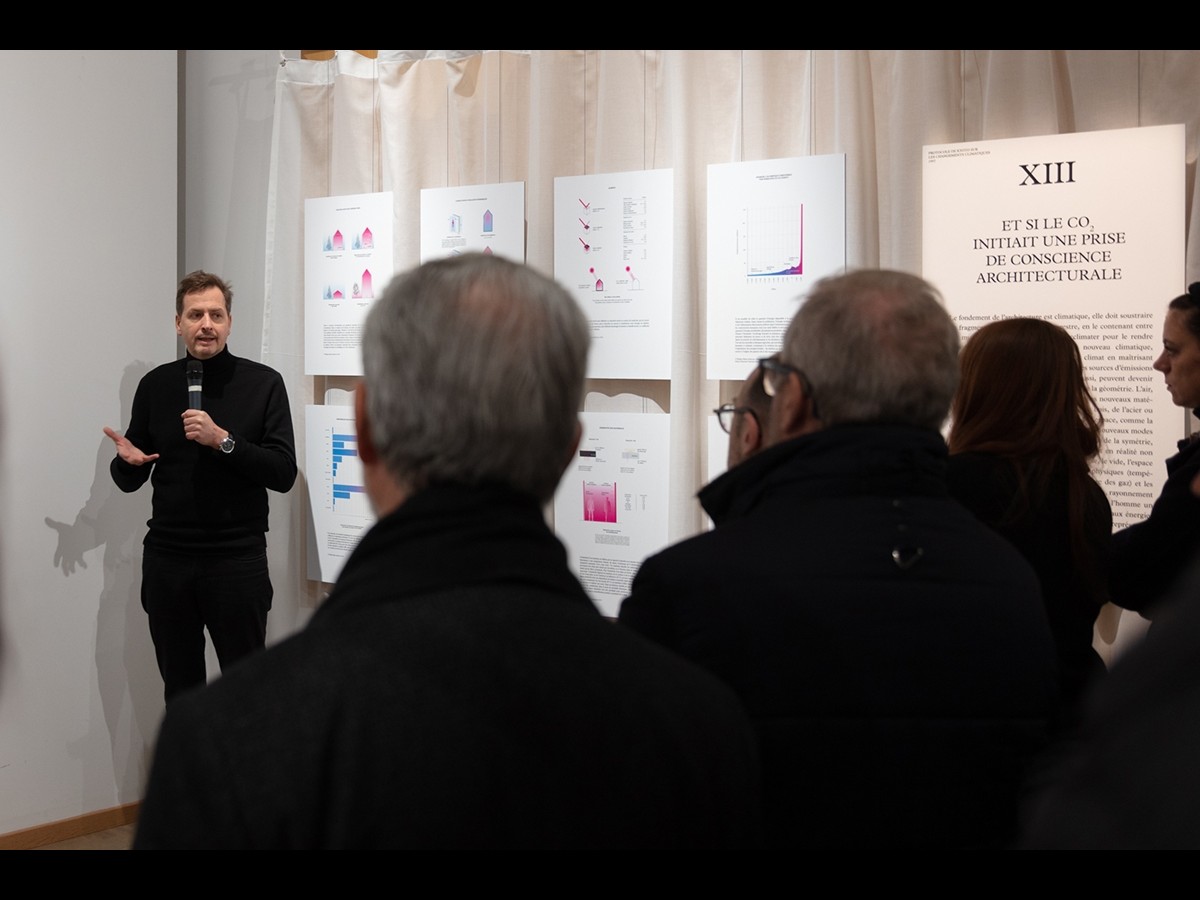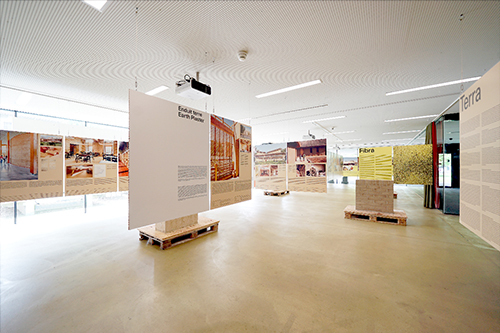The exhibition "Natural History of Architecture" is presented from January 31 to July 8, 2023 at the CAUE Rhône Métropole as part of its thematic cycle "society in transition(s)".
The history of architecture and the city as we’ve known it since the second half of the twentieth century has more often than not been re-examined through the prisms of politics, society and culture, overlooking the physical, climatic and health grounds on which it is based, from city design to building forms.
Architecture arose from the need to create a climate that can maintain our body temperature at 37 °C, raising walls and roofs to provide shelter from the cold or the heat of the sun. Originally, the city was invented as a granaryto store and protect grain. The first architectures reflect available human energy. The fear of stagnant air brought about the great domes of the Renaissance to air out miasmas. The global cholera epidemic that began in 1816 initiated the major urban transformations of the nineteenth century. The use of white lime, which runs throughout modernity, is above all hygienic. More recently, oil has made it possible to develop cities in the desert... and now, carbon dioxide is driving the architectural discipline to reconstruct its very foundations.
The exhibition highlight the natural, physical, biological and climatic causes that have influenced the development of architectural history from prehistory until today, in order to understand how to face the major environmental challenges of our century and build in a better way in response to climate urgency and new health challenges.
The exhibition highlight the natural, physical, biological and climatic causes that have influenced the development of architectural history from prehistory until today, in order to understand how to face the major environmental challenges of our century and build in a better way in response to climate urgency and new health challenges.







